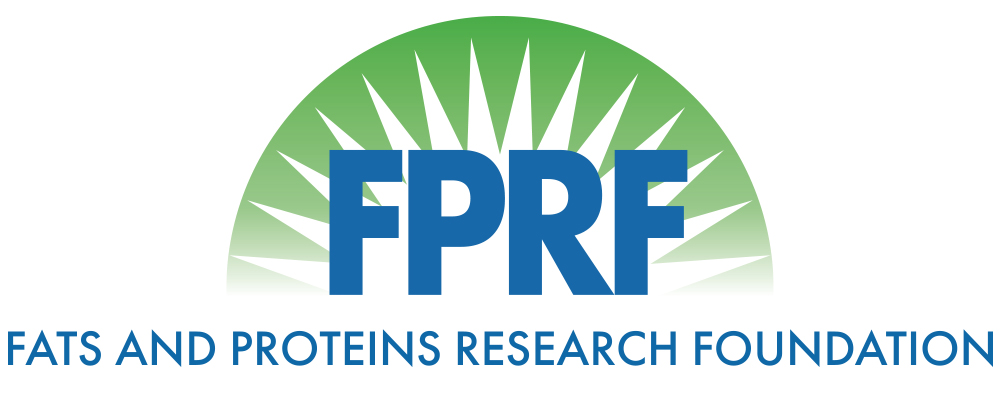Rendering Co-Products as Electron Donors for Subsurface Remediation: Optimizing Co-Product Mixtures for Use as Electron Donors for Remediation
Date: February 26, 2020
Principal Investigators: Kevin T. Finneran, Clemson University
Keywords: Electron Donors, Subsurface Remediation
Summary:
The objective of the project is to further develop rendered co-products as electron donors for major environmental contaminants. The specific objectives of the proposed work are to 1) identify mixtures of co-products that will work best as electron donors, and which will be effective enough to supplant “designer electron donors” currently marketed, 2) quantify the rate and extent of trichloroethylene (TCE) and hexavalent chromium with the best co-product mixtures, and 3) continue the specific design of novel electron donors derived from rendered materials to sell as remediation amendments for contaminated sites. An underlying theme is profit maximization. In other words, to develop an electron donor that is a combination of the lowest value materials, but so effective that it can be marketed as a high-value commodity electron donor.
Summary of Previous Progress: Prior data demonstrated that all animal co-products served as electron donors for TCE reduction to ethene. In the progress report below we report that all co-products tested to data facilitate the reactions of interest. Many of the co-products promote biodegradation at a rate faster than commercially available electron donors. We continue experiments with hexavalent chromium (Cr(VI)), as well as combinations of co-products to maximize performance and cost. Recent experiments have focused on amendment, delivery, and application of the different electron donors, which are being tested using column studies. Finally, a significant amount of effort has been put into commercialization of the technology.
